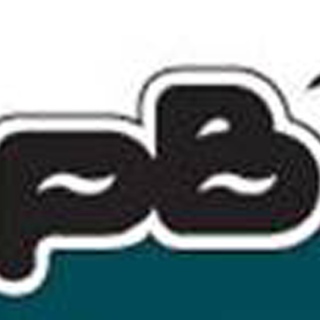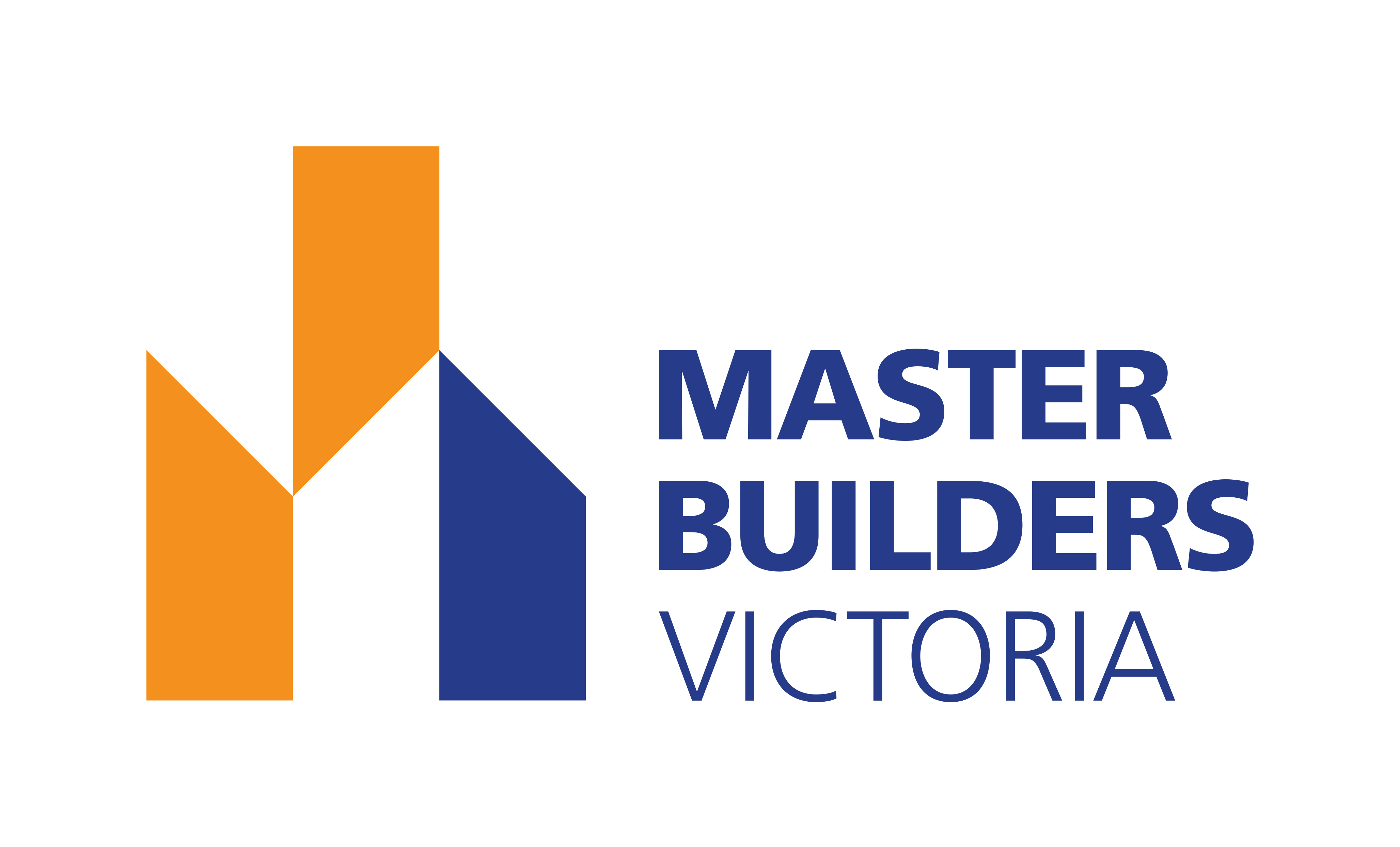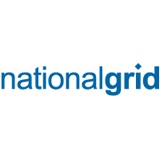Information
-
Work Location / Address
-
Conducted on
-
Task / Activity:
-
Work Order No:
-
Crew Leader:
-
First Aider:
-
Document No.
-
This form must be completed prior to commencement every day and every job– Ensure hazard control mechanisms are in place, participants roles clearly defined, and any concerns must be discussed with your Supervisor before proceeding.
-
If conditions change during the job this form should be reviewed / revised, e.g. if an unexpected contaminant is detected while excavating.
-
To fully identify work hazards, assess and control the risks, this form needs to be read and complied with along with any relevant JSEA’s and Permits.
HAZARDS & CONTROL MEASURES / MITIGATION
-
General:
-
Full first aid box available, trained first aider nominated. First Aider to have current certificate on site.<br>
-
A “Safe Zone” has been established and all personnel know the site’s Incident & Emergency procedures.
-
All workers on site are carrying a current Tas Gas ID card and a Construction “White card”.
-
All workers are signed on to a relevant JSEA held on site.
-
Required PPE is worn by all personnel (see JSEAs).
-
Overhead Power lines & Underground Utilities:
-
No Go if overhead wires within 3m or use Spotter out 6.5m to ground and set up communications.
-
Spotter:
-
DBYD Maps and Plans are available on site.
-
Pipe locator is available, within calibration and used.
-
Hand tools are available.
-
Any gas main / service has been manually proved.
-
Underground services have been positively identified, marked and located. Check the relevant box of any relevant 3rd party services:
- Aurora (Tas Networks)
- Telstra
- Sewer
- Water
- Storm Water
- Optic Fibre
- Decommissioned infrastructure positively identified
- Other
-
Please specify other:
-
Traffic:
-
The appropriate permit (ROP) or plan (TMP) has been provided.
-
TMP No.:
-
All preparations have been made and controls implemented as per assessment / plan.
-
Manual Handling:
-
Warm ups are done prior to any heavy lifting.
-
Need for lifting equipment is identified and is available.
-
Need for two man lifts is identified and personnel are available.
-
Chemicals and Hazardous Substances:
-
All chemicals are stored as per MSDS and are properly labelled when decanted.
-
New chemicals introduced to site are identified / MSDS’s stated risks are controlled.
-
MSDS’s on site and risk assessment available and understood for each “Hazardous Substance”.
-
Environmental:
-
Noise restrictions / controls are in place.
-
Works are carried out within prescribed hours.
-
Asbestos clean-up kit (small removals) is available.
-
Dust control has been provided.
-
A Spill Kit is on site and is fully stocked.
-
Any contaminated soil is disposed of as per legislation.
-
Vegetation has been protected against damage.
-
Silt & sediment traps have been provided.
-
Plant, Equipment and Gas Detection:
-
Tools & equipment checks have been done and are up to date (i.e. all calibrations and sling and electrical inspections are current).
-
Gas detection equipment is in use in the work zone during excavation (at least one Confined Space 4x and one HCN). Each person in the zone must have a Cub during excavation. A Tiger is to be available, if required. At least 1 respirator, ABE1-P2, to be on site.
-
Plant pre-start checklists have been completed.
-
Plant operators hold current licenses / certifications.
-
Site Contamination – every job
-
Potential site/ground contamination has been assessed.
-
Excavation work in a “Red Zone” is done as per NPRA or contamination specific JSEA.
Site Contamination – *Special Cases*
-
Site Contamination – special cases (only fill the relevant section if (a) it’s an emergency or (b) the site has become contaminated during works). In other cases, leave this section blank
-
(A) If a “contaminated” site must be entered without a completed NPRA, the following additional minimum requirements must be met:
-
Contact your Network Delivery Manager
-
Any available contamination information is provided.
-
PPE used for work with contaminated waste / soils.
-
BA is used by any person launching / receiving a Thrust Bore or HDD device.
-
If monitors alarm, cease work and move to Safe Zone
-
(B) If site becomes contaminated, or monitors alarm, work is carried out as per the above and additional DEI-002 requirements:
-
Stop work immediately, turn equipment off if safe to do so.
-
Move to safe zone.
-
Contact your Network Delivery Manager.
-
Section off the area, restrict access, and place signage.
-
Don’t restart work till monitoring indicates it’s safe.
Excavation:
-
(Any digging below ground surface – includes use of HDD and pneumatic mole e.g. Grundomat)
-
Is “Excavation” work being done today? (see quick definition at left and full definition in Permit System BMSDOC-18-492)
-
The excavation is > than 1.5m deep and continuous vertical walls are > than 1m
-
**YOU MUST STOP AND OBTAIN A PERMIT** - PERMIT NO:
-
HDD or pneumatic mole will be used in a “Red Zone” or other known contaminated site.
-
**YOU MUST STOP AND OBTAIN A PERMIT** - PERMIT NO:
-
The client or landowner has required the excavation on their site or property to be done under permit conditions.
-
**YOU MUST STOP AND OBTAIN A PERMIT** - PERMIT NO:
-
If you mark a number of the following boxes a Permit Holder may choose to request and be issued a Permit before work can start.
-
Cohesive (differing compressive strength):
TYPE A – High compressive strength and cohesion, e.g. clay, silty clay, sandy clay.
TYPE B – Moderate compressive strength e.g. granular coarse grains, little or no clay content, crumbles easily when dry.
TYPE C - Low cohesion and compressive strength, e.g. granular gravel and sand or unstable or water soaked soil or rock. -
The ground around the excavation is, or may become, unstable. Mark below the type of ground the excavation will be in:
-
Changeability – e.g. due to water saturation, needs constant monitoring.
-
The excavation may or will be left exposed overnight.
-
The travelling public (Pedestrians / motor traffic will be passing in close proximity to the excavation.
-
Heavy equipment, e.g. excavators/trucks, will be working close to the excavation.
-
The excavation is also a confined space which people will be entering (whole or top part of body, e.g. head and shoulders)
-
The excavation will or may encounter underground services.
-
The excavation is in close proximity (within 3m) of TGP transmission gas pipes.
-
There will be significant spoil and the pile will be close to the excavation edge.
-
PERMIT NO:
-
Have all preparations been made, controls implemented and crew informed? (including any Permit requirements)
Working at Height:
-
(Where the worker could fall 2 metres or more)
-
Is “High Work” being done today? (see quick definition at left and full definition in Permit System BMSDOC-18-492)
-
If “yes” has a risk assessment been done? (see assessment over page)
-
If risk assessment identified the need, has a Permit has been issued?
-
Permit Number:
-
Please take a picture of the permit or attach the document.
-
Have all preparations been made, controls implemented and crew informed? (including any Permit requirements)
-
Hot Work: (where work might create an uncontrolled fire) Cold Work: (where energy must be isolated or needs an additional special control)
-
Is “Hot or Cold” work being done today? (see quick definition at left and full definition in Permit System BMSDOC-18-492)
-
If “yes” has a risk assessment been done? (see assessment over page)
-
If risk assessment identified the need, has a Permit has been issued?
-
Permit No:
-
Please take a picture of the permit or attach the document.
-
Have all preparations been made, controls implemented and crew informed? (including any Permit requirements)
-
Confined Space: (a full or partly enclosed space, and entry is restricted, and is oxygen deficient)
-
Have all preparations been made, controls implemented and crew informed? (including any Permit requirements)
-
Will a “Confined Space” be entered? (see quick definition at left and full definition over page and in Permit System BMSDOC-18-492)
-
If “yes” has a risk assessment been done? (see assessment over page)
-
If risk assessment identified the need, has a Permit has been issued?
-
Permit No:
-
Please take a picture of the permit or attach the document.
-
It’s Safe to Start Work?
-
Any red box ticked above requires further action. Is it safe to start work? If “No”, notify your Supervisor.













